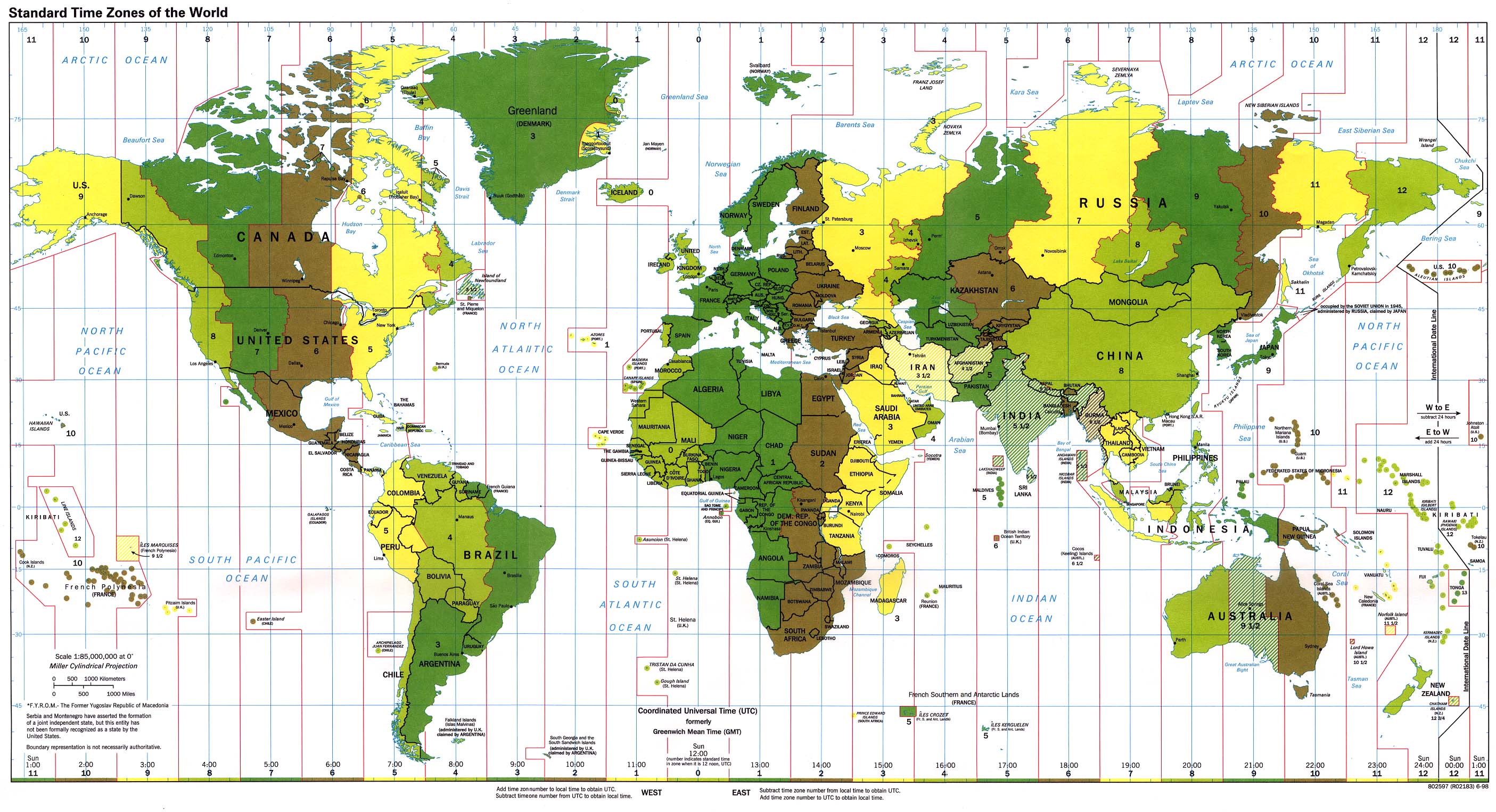- The system of those sequential relations that any event hasto any other, as past, present, or future; indefinite andcontinuous duration regarded as that in which eventssucceed one another.
- Duration regarded as belonging to the present life as distinctfrom the life to come or from eternity; finite duration.
- A system or method ofmeasuring or reckoning the passage of time: mean time;apparent time; Greenwich Time.
- A limited period or interval, as between two successiveevents: a long time.
- A particular period considered as distinct from otherperiods: Youth is the best time of life.
Time Measurement Devices
A large variety of devices have been invented to measure time. The study of these devices is called horology.
An Egyptian device dating to c.1500 BC, similar in shape to a bent T-square, measured the passage of time from the shadow cast by its crossbar on a nonlinear rule. The T was oriented eastward in the mornings. At noon, the device was turned around so that it could cast its shadow in the evening direction.
A sundial uses a gnomon to cast a shadow on a set of markings which were calibrated to the hour. The position of the shadow marked the hour in local time.
The most precise timekeeping devices of the ancient world were the water clock or clepsydra, one of which was found in the tomb of Egyptian pharaoh Amenhotep I (1525–1504 BC). They could be used to measure the hours even at night, but required manual upkeep to replenish the flow of water. The Greeks and Chaldeans regularly maintained timekeeping records as an essential part of their astronomical observations. Arab inventors and engineers in particular made improvements on the use of water clocks up to the Middle Ages. In the 11th century, Chinese inventors and engineers invented the first mechanical clocks to be driven by an escapement mechanism.
Clocks can range from watches, to more exotic varieties such as the Clock of the Long Now. They can be driven by a variety of means, including gravity, springs, and various forms of electrical power, and regulated by a variety of means such as a pendulum.
The most accurate timekeeping devices are atomic clocks, which are accurate to seconds in many millions of years, and are used to calibrate other clocks and timekeeping instruments. Atomic clocks use the spin property of atoms as their basis, and since 1967, the International System of Measurements bases its unit of time, the second, on the properties ofcaesium atoms. SI defines the second as 9,192,631,770 cycles of that radiation which corresponds to the transition between two electron spin energy levels of the ground state of the 133Cs atom.
World Time
Time-keeping is so critical to the functioning of modern societies that it is coordinated at an international level. The basis for scientific time is a continuous count of seconds based on atomic clocks around the world, known as the International Atomic Time (TAI). Other scientific time standards include Terrestrial Time and Barycentric Dynamical Time.
Coordinated Universal Time (UTC) is the basis for modern civil time. Since January 1, 1972, it has been defined to follow TAI with an exact offset of an integer number of seconds, changing only when a leap second is added to keep clock time synchronized with the rotation of the Earth. In TAI and UTC systems, the duration of a second is constant, as it is defined by the unchanging transition period of the caesium atom.
Greenwich Mean Time (GMT) is an older standard, adopted starting with British railways in 1847. Using telescopes instead of atomic clocks, GMT was calibrated to the mean solar time at the Royal Observatory, Greenwich in the UK. Universal Time (UT) is the modern term for the international telescope-based system, adopted to replace "Greenwich Mean Time" in 1928 by the International Astronomical Union. Observations at the Greenwich Observatory itself ceased in 1954, though the location is still used as the basis for the coordinate system. Because the rotational period of Earth is not perfectly constant, the duration of a second would vary if calibrated to a telescope-based standard like GMT or UT—in which a second was defined as a fraction of a day or year. The terms "GMT" and "Greenwich Mean Time" are sometimes used informally to refer to UT or UTC.
Earth is split up into a number of time zones. Most time zones are exactly one hour apart, and by convention compute their local time as an offset from UTC or GMT. In many locations these offsets vary twice yearly due to daylight saving time transitions



No comments:
Post a Comment